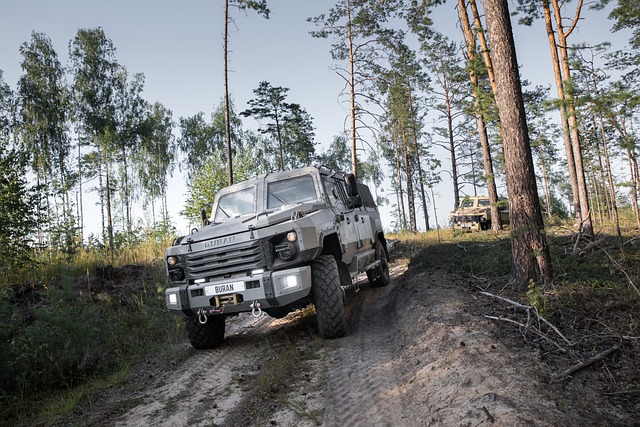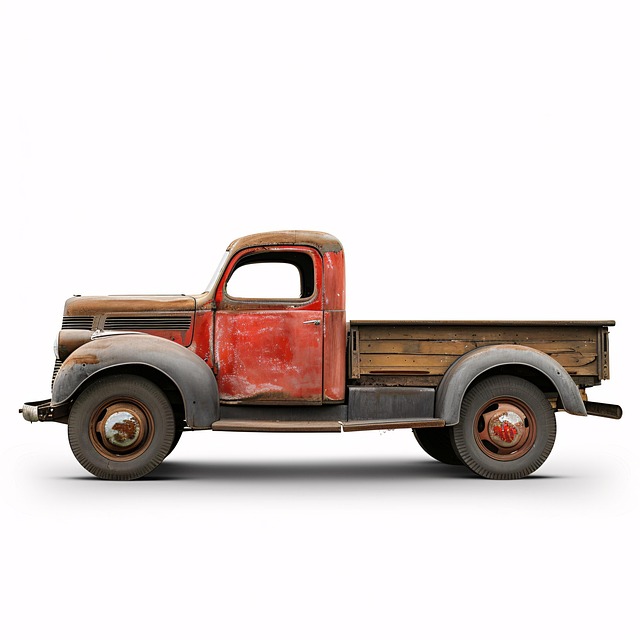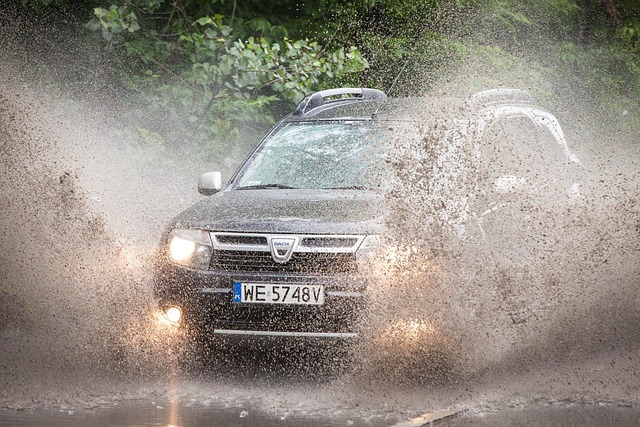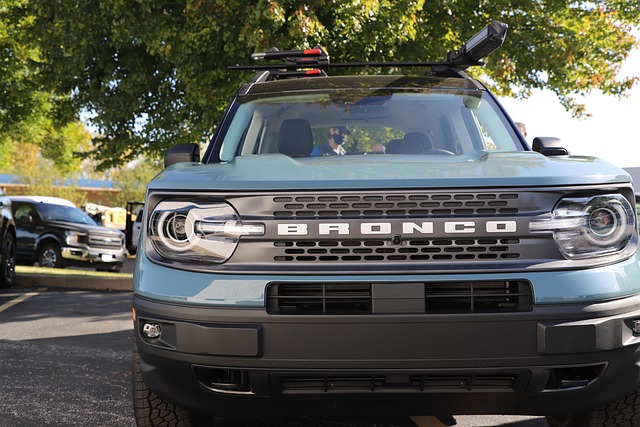The RGV-4×4-shop is a one-stop for recovery equipment, catering to diverse 4×4 needs from roadside assistance to off-road operations. They offer a wide range of tools like tow bars, winches, jacks (including hydraulic models), and recovery straps. Well-trained staff ensure safe and efficient operations. Regular maintenance, including visual inspections and proper storage, extends equipment lifespan. Safety guidance, tailored to each machinery's capabilities, is provided by experts at RGV-4×4-shops, ensuring accurate equipment use and minimizing risks during recoveries.
Recovery equipment is an essential tool for any off-road enthusiast or vehicle owner, especially those frequenting the rugged terrain often encountered at a RGV-4×4-shop. From winches and tow bars to recovery kits and jack stands, understanding your options and how to maintain them is crucial for safe and effective roadside assistance. This guide covers everything from choosing the right gear to safety measures, ensuring you’re prepared for any adventure.
- Understanding Recovery Equipment: Essentials for RGV-4×4-shop
- Types of Recovery Tools: A Comprehensive Guide
- Choosing the Right Gear for Your Vehicle
- Maintenance Tips to Maximize Lifespan
- Safety Measures: Operating Recovery Equipment Responsibly
Understanding Recovery Equipment: Essentials for RGV-4×4-shop

Recovery equipment is an indispensable asset for any RGV-4×4-shop, offering crucial support in diverse situations. These tools are designed to assist in towing, lifting, and stabilizing vehicles, making them essential for roadside assistance, fleet maintenance, and emergency services. The RGV-4×4-shop should stock a comprehensive range of items like tow bars, winches, jack stands, and recovery straps to cater to various vehicle types and recovery scenarios.
For effective operations, it’s vital that staff at the RGV-4×4-shop are well-trained in equipment usage and safety protocols. This ensures not only efficient vehicle recovery but also minimizes risks associated with handling damaged or disabled vehicles. A well-equipped shop enhances customer satisfaction by providing prompt and reliable assistance, solidifying its reputation as a go-to solution for recovery needs in the 4×4 community.
Types of Recovery Tools: A Comprehensive Guide

Recovery equipment comes in various types, each designed for specific tasks and terrains. The range offered by RGV-4×4-shop caters to diverse needs, from light-duty roadside assistance to heavy-duty off-road operations. One common category is the jack, essential for lifting vehicles safely. Hydraulic jacks are popular for their strength and portability, ideal for both professional mechanics and DIY enthusiasts.
Another vital tool is the winch, which provides pulling power. Winches can be mounted on vehicles or used as standalone units, making them versatile for towing and recovery. For off-road adventures, a heavy-duty recovery truck with advanced features like high-lift jacks, drag chains, and robust winches becomes indispensable. RGV-4×4-shop’s collection ensures that whether you’re tackling a simple flat tire or a complex off-road rescue, there’s a suitable recovery tool available to help you get back on track.
Choosing the Right Gear for Your Vehicle

When equipping your vehicle for recovery, selecting the right gear is paramount. Different vehicles have unique needs, so understanding your RGV-4×4’s capabilities and limitations is crucial. A one-size-fits-all approach rarely works in off-road scenarios; thus, tailored gear selection ensures optimal performance during recovery missions.
The RGV-4×4-shop offers a wide array of specialized equipment catering to various vehicle types and recovery situations. From robust winches with varying pull ratings to customized recovery points and strapping systems, you can find the perfect match for your specific needs. Always consider factors like terrain type, weight capacity, ease of installation, and compatibility with your RGV-4×4’s design when making your choices.
Maintenance Tips to Maximize Lifespan

Regular maintenance is key to extending the lifespan of your recovery equipment, ensuring it’s there when you need it most. At the RGV-4×4-shop, we recommend a simple yet effective routine. Start by inspecting your tools for any signs of wear or damage after each use; even minor issues can compound over time. A quick visual check can save you from unexpected failures in critical situations.
Next, keep your equipment clean and well-lubricated. Dirt and debris can cause friction and strain, so a periodic wash and lubrication routine is vital. Consider using specialized cleaners and lubricants designed for off-road gear to maintain performance and protect against corrosion. Lastly, store your recovery tools in a dry, secure place to prevent rust and ensure they’re ready for action when you need them.
Safety Measures: Operating Recovery Equipment Responsibly

When operating recovery equipment, safety should always be the top priority. Before attempting any rescue or recovery operation, it’s crucial to thoroughly inspect and maintain the equipment. This includes checking for any signs of wear, damage, or malfunction, as well as ensuring all components are properly greased and lubricated. At a reputable RGV-4×4-shop, trained professionals can assist with regular maintenance checks, replacing worn parts, and providing safety guidelines for operators.
Following manufacturer instructions is essential when using recovery equipment. Each piece of machinery has specific operating parameters, weight capacities, and safety features that must be adhered to. Proper training and understanding of these guidelines will not only maximize the effectiveness of the equipment but also prevent accidents and injuries during the recovery process.
Recovery equipment is an essential part of any off-road enthusiast’s arsenal, and for those at the RGV-4×4-shop, it’s crucial to have the right tools for the job. By understanding different types of recovery tools, choosing gear suited to your vehicle, and maintaining them properly, you can ensure safe and effective operations whenever needed. Always remember safety measures when using recovery equipment to avoid accidents and damage. With the right knowledge and equipment, navigating challenging terrains becomes less daunting, making every off-road adventure a memorable one.
